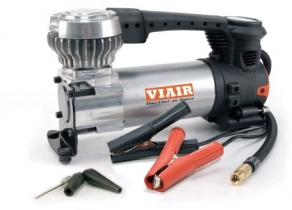-
Welcome to Tacoma World!
You are currently viewing as a guest! To get full-access, you need to register for a FREE account.
As a registered member, you’ll be able to:- Participate in all Tacoma discussion topics
- Communicate privately with other Tacoma owners from around the world
- Post your own photos in our Members Gallery
- Access all special features of the site
Off-Road Tips and Gear List
Discussion in 'Off-Roading & Trails' started by Agent475, Sep 26, 2008.
Page 1 of 5
Page 1 of 5


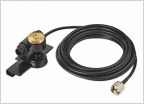 Ham radio
Ham radio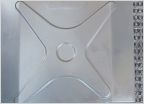 Rotopax Water Container
Rotopax Water Container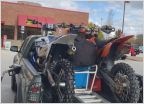 Hauling dirt bikes with full size spare
Hauling dirt bikes with full size spare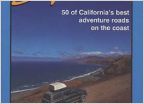 New to trail.driving
New to trail.driving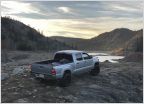 First time for everything, literately.
First time for everything, literately.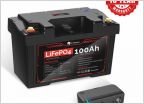 What solar power station that you would recommed wihle camping?
What solar power station that you would recommed wihle camping?

